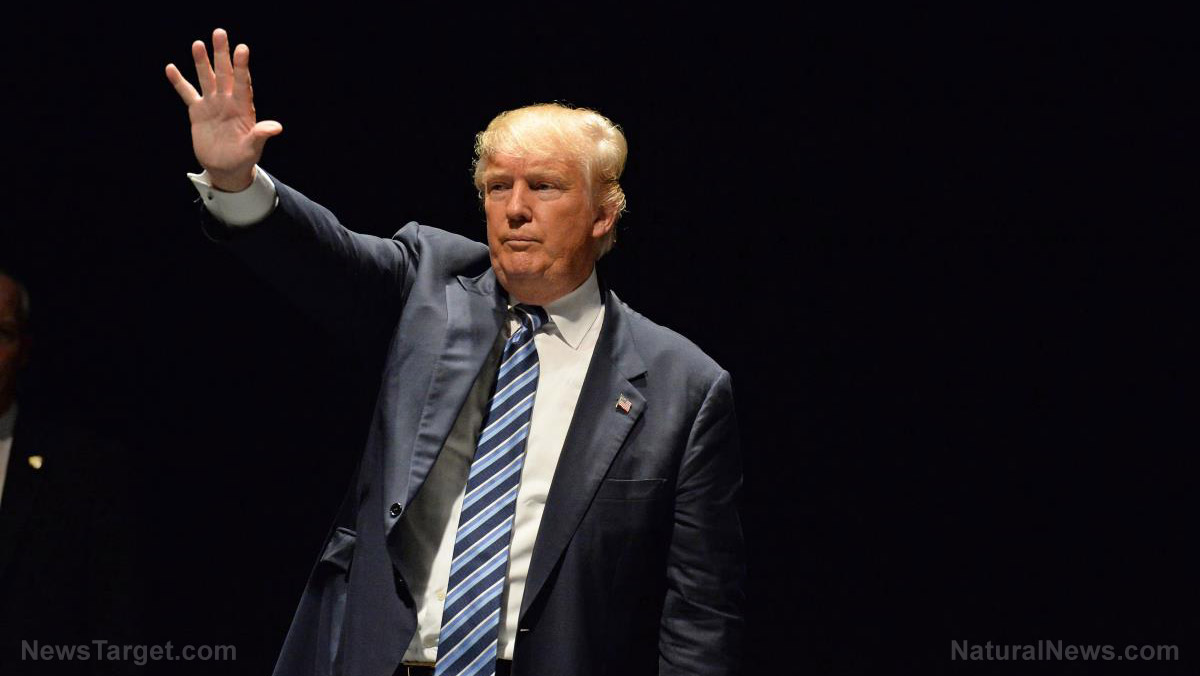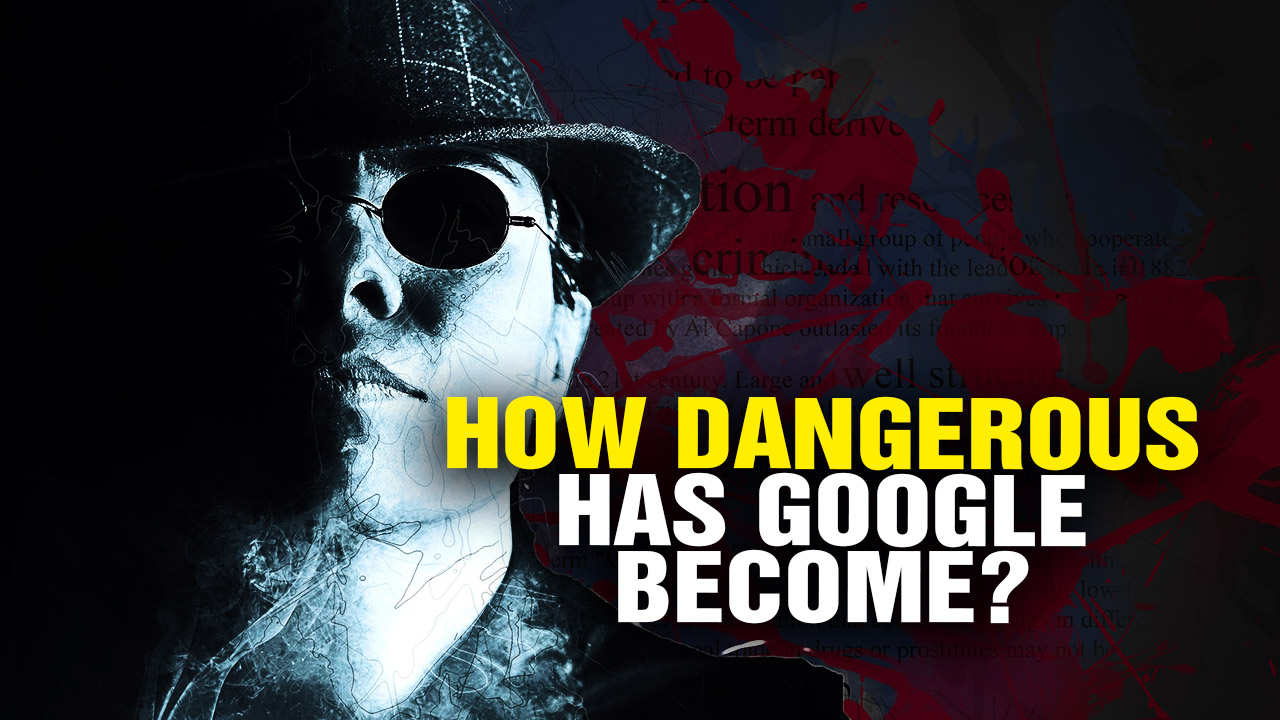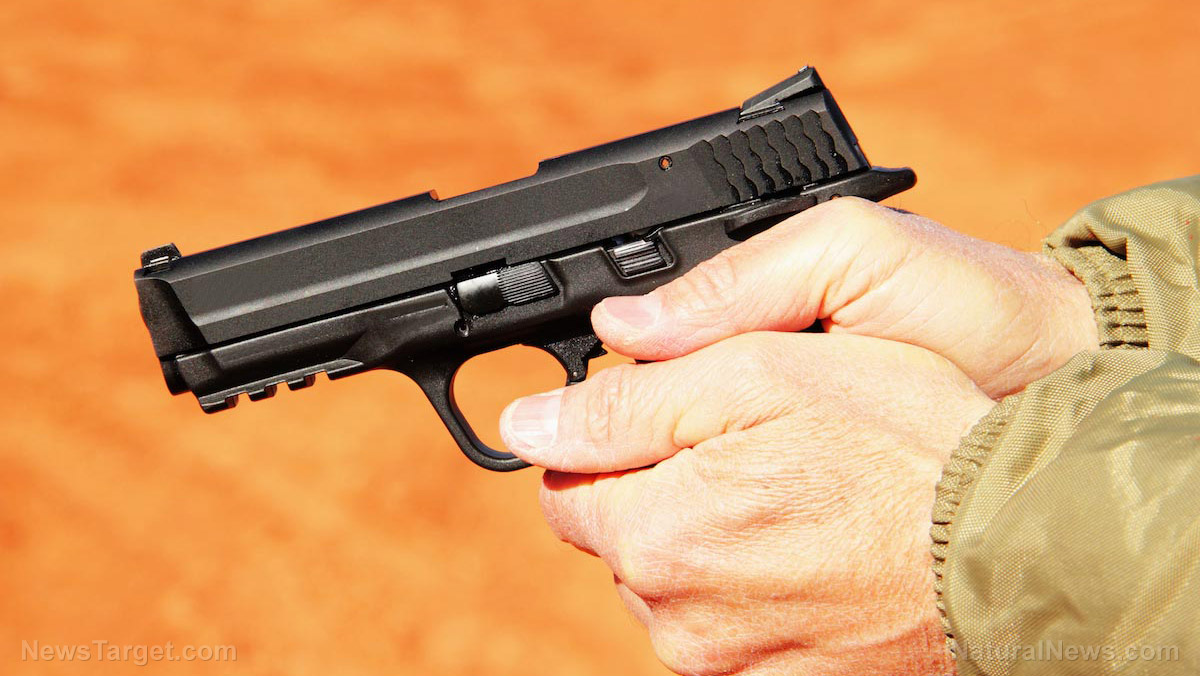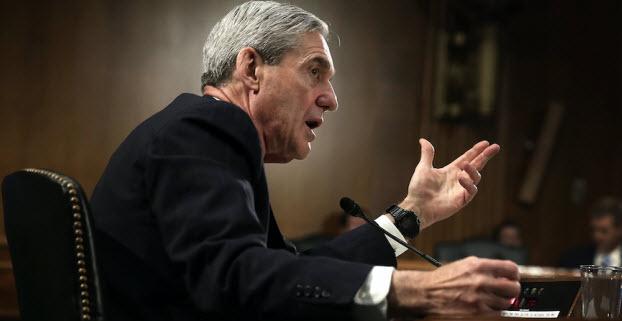Libertarian, small-govt. groups challenging TSA body scanner rule in court
05/13/2016 / By usafeaturesmedia

(Freedom.news) The ridiculously invasive, potentially dangerous and overrated full-body scanners utilized by the Transportation Security Administration have not been codified by regulation, but several freedom-minded groups are not prepared to take it lying down.
As noted by AMI Newswire, the TSA’s final rule justifying the agency’s use of whole body scanners in the nation’s airports is being challenged in federal court as “capricious, and contrary to law.”
The Washington-based Competitive Enterprise Institute (CEI), two of its employees, and the Charlottesville, Virginia-based Rutherford Institute allege the TSA failed to consider the potential costs of increased highway injuries and deaths in its cost benefit analysis.
Writing at CEI’s website on Tuesday, Marc Scribner, one of the named parties in the lawsuit, said that, increasingly, invasive security procedures at airports since the 9/11 attacks have caused “a number of would-be air travelers [to decide] to drive instead.”
“Given the fact that auto travel is far more dangerous than air travel,” Scribner wrote that recent research suggests “TSA’s invasive, time-consuming airport screening policies resulted in about 500 additional highway fatalities annually in the years following 9/11 — more than a fully loaded 747 per year.”
In the agency’s final rule, Scribner argued, “TSA failed to consider the human toll of their invasive policies with respect to the resulting air-highway modal substitution, which anyone should understand to be an important factor.”
In March, the TSA published its final rule on “Passenger Screening Using Advanced Imaging Technology.” The AIT, or body scanner, machines were first deployed in the nation’s airports in 2007 in response to congressional action requiring the agency to develop technology that could detect nonmetallic explosives, as well as chemical, biological, and radiological weapons.
The controversial scanners, derisively called “nude body scanners” by some critics because they create unclothed images of those being scanned, bounce electromagnetic waves off a passenger’s body looking for what the TSA calls “anomalies.” If an anomaly is detected, TSA agents follow up with a pat-down search to determine if a threat is present.
More than 780 scanners are currently in use at 156 of the nation’s airports.
In its cost-benefit analysis of the scanner technology, the TSA estimated the program would break even over 10 years. The agency put the cost of the program at $2.1 billion, while the benefits were the technology’s ability “to prevent an attack between once every 5.25 years to once every 23.5 years — depending on the size of the aircraft — for the direct cost of an averted attack to equal” the program’s annualized cost.
TSA admitted its analysis “does not include the difficult to quantify indirect costs of an attack or the macroeconomic impacts that could occur due to a major attack.”
But the agency dismissed concerns about costs associated with people choosing to drive rather than fly.
“It is unclear to TSA how the risk associated with motor vehicles should influence TSA’s decision making on airport screening practices,” the agency wrote in its final rule.
“Regardless of the safety or security risks associated with other modes of transportation,” the ruling continues, “TSA should pursue the most effective security measures reasonably available so that the vulnerability of commercial air travel to terrorist attacks is reduced.”
CEI’s Scribner told AMI Newswire the agency’s analysis is woefully inadequate. “The TSA fails to address comments made in 2013 on their proposed rule and failed to conduct proper benefit-cost and risk analyses,” he said, adding that “a similar example raised in the past was the proposed ‘lap baby’ prohibition.”
Scribner explained that “in the late 1980s and early 1990s, some started calling for the FAA to ban ‘lap babies,’ or unticketed children under 2-years-old held in their parents’ laps during flights.” Those backing the ban said “unsecured children could be injured and killed during aircraft accidents and proposed requiring parents to purchase another seat with a special harness,” he said.
Scribner said that an FAA economist determined “that the cost of purchasing an additional seat would lead some parents to drive instead, leading to 16 additional road fatalities for every lap baby life saved,” and is the reason why the agency declined to adopt a rule banning ‘lap babies’ on flights.
This is not the first time the TSA has been to court over the rule on body scanners.
In 2011, the D.C. Circuit Court of Appeals ordered the TSA to begin the rule-making process for body scanners. A year later, the court told TSA it expected the rule to be “published before the end of March, 2013.”
The TSA published its notice of proposed rule-making toward the end of March, 2013. But critics, including CEI and former American Airlines CEO Robert Crandall, argued the agency failed to provide a cost-benefit analysis of the proposed rule.
In 2015, the D.C. Circuit Court forced the TSA to produce “a schedule for the expeditious issuance of a final rule within a reasonable time.”
The TSA rule was finally published on March 3 of this year.
Scribner said the TSA “had repeatedly defied federal law and a court order prior to issuing this final rule. The rule is still in violation of federal law and we believe this rogue agency will continue with its lawless, dilatory tactics unless the courts or Congress rein it in.”
TSA spokesman Michael England told AMI Newswire the agency “can’t comment on pending litigation.”
Reporting by Norman Leahy, American Media Institute.
More:
- Lawmakers introduce measure to curb Obama’s lust for new regulations in his final days
- Economic freedom under Obama has plummeted: America falls from 6th to 11th place
- 15 ways to be better prepared for an emergency by tomorrow – Collapse.news
FFreedom.news is part of the USA Features Media network. Check out our daily headlines here.
Tagged Under: body scanner, TSA




















